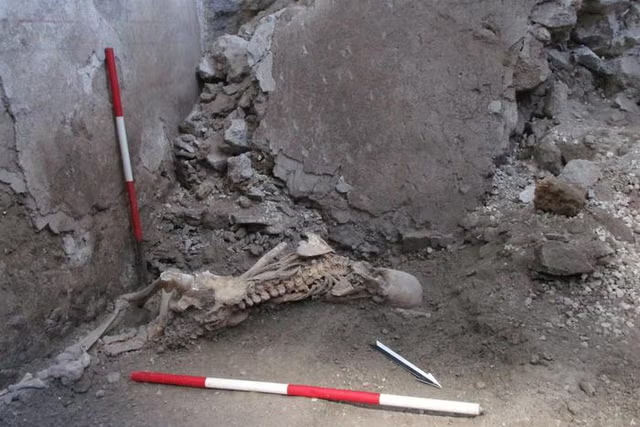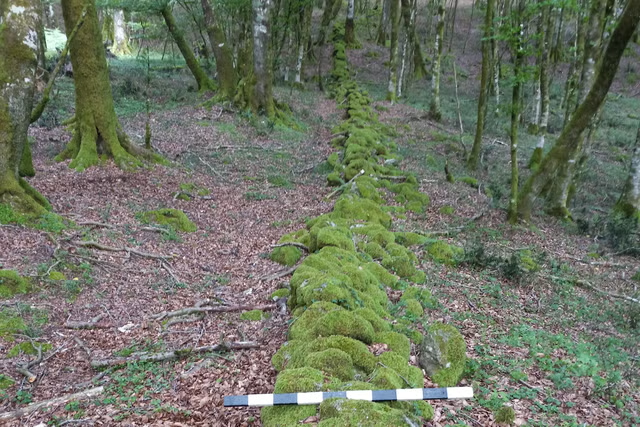A brand new species of ancient snake has been discovered in western Wyoming.
The fossilized snake, thought to have lived some 38 million years ago, has been named Hibernophis breithaupti, according to a new paper in the Zoological Journal of the Linnean Society.
Four specimens of the ancient species were found huddled together, revealing the secrets of the social lives of long-extinct reptiles.
The snakes were fossilized nestled together within something called a hibernaculum, a small space where animals cluster inside for warmth during the winter months. Many modern species of mammals hibernate in caves, burrows and hollow trees, which serve as protection from predators and insulation from extreme temperatures.
This means that this species is rare among reptiles, as garter snakes are the only modern snake species to hibernate during the winter.
"This is really unusual for reptiles. Of the almost 15,000 different kinds of reptile species alive today, none of them hibernate in the way that garter snakes do," study co-author Michael Caldwell, a professor of paleontology at the University of Alberta, said in a statement.
These fossils being found clustered in a group in a hibernaculum implies that this ancient species was social, which has never before been seen in the fossil record.
This "represents social behavior in snakes, which is something that we don't often see," Caldwell said.
Garter snakes also cluster in groups, numbering up to several hundreds of snakes. This behavior helps them stay warm during the colder months, which may also be what this ancient species was doing.
"They can't regulate their body temperature so they need to find a way to conserve as much heat as they can through the winter and they do this by forming these big masses," said Caldwell.
These unfortunate reptiles are thought to have died in their den after a "small flood episode," and they were fossilized in volcanic ash.
"They were preserved in a very unusual circumstance, geologically speaking," said Caldwell. "Fossilization is a rough process. You need exactly the right conditions to preserve something."
These fossilized snakes were discovered to be articulated, meaning that their bones were in the right place and right order.
"There are probably, in the world's museum collections, nearly a million disarticulated snake vertebrae. They are easy to find. But finding the whole snake? That's rare," Caldwell said.
This degree of completeness is exciting, as it helps researchers learn more about the evolution of this family of snakes, known as boidae, which also includes modern species such as the Amazon tree boa and scrub python.
"We learn quite a bit more about boidae evolution in the broad sense," said Caldwell. "It seems that they probably started out as relatively small-bodied snakes, which is interesting."
Additionally, one of the snakes is about four times the size of the others, implying that it is older than the rest of them. This allows researchers to determine how this species grew and developed with age.
Do you have a tip on a science story that Newsweek should be covering? Do you have a question about snakes? Let us know via science@newsweek.com.
Disclaimer: The copyright of this article belongs to the original author. Reposting this article is solely for the purpose of information dissemination and does not constitute any investment advice. If there is any infringement, please contact us immediately. We will make corrections or deletions as necessary. Thank you.



